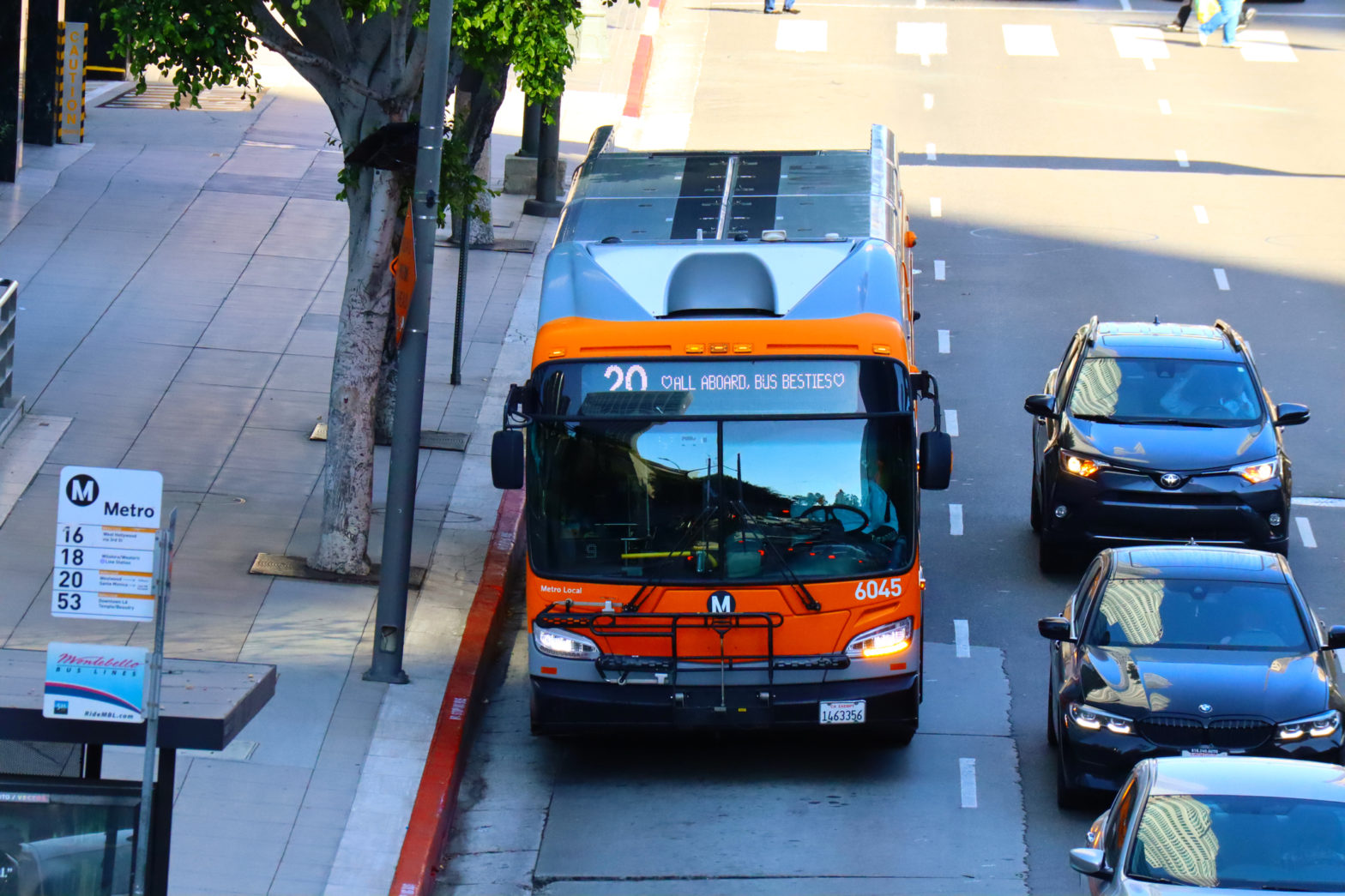
Chicago and LA deploy new camera tech to enforce traffic flow
10 November 2024
by Jonathan Andrews
Chicago and Los Angeles have introduced pilots that use camera technology to address illegal parking in bus and bike lanes, aiming to enhance transit efficiency and safety.
By equipping buses and enforcement vehicles with cameras, the programmes are designed to reduce delays caused by obstructed lanes, improving the daily commute of residents and making public transit faster and more reliable.
In Chicago, the city has launched the Smart Streets Pilot Programme, focusing on enforcing parking violations in bus and bike lanes. An initial 30-day warning period will precede ticketing, with vehicles that block these lanes receiving warnings, but after this initial timeframe drivers will be fined for repeated violations.
The mayor, Brandon Johnson, emphasised the programme’s goal of creating safer, more accessible streets.
“This pilot programme helps us improve transit reliability and protect our vulnerable road users,” he said. “As we evaluate its impact, we will refine our approach to make our streets even safer.”
The two-year pilot will operate within downtown Chicago with eight city enforcement vehicles equipped with cameras to monitor the streets, while the Chicago Transit Authority will install cameras on up to six buses by 2025.
According to the city’s Transport Commissioner Tom Carney: “By keeping bus and bike lanes clear of illegal parking, we can improve safety and reduce delays for commuters.”
The pilot’s results will be reported to the city council, assessing the impact on traffic flow, safety, and transit operations.
LA’s NextGen plan
In Los Angeles, the city’s Metropolitan Transportation Authority (LA Metro) and the Los Angeles Department of Transportation (LADOT) have initiated a similar programme. Starting on 1 November, a 60-day warning period will capture images of vehicles blocking bus lanes and stops, after which citations will be issued.
The pilot, part of LA Metro’s NextGen Bus Plan, currently involves 50 buses on high-traffic routes which are equipped with dual-camera systems: one detects lane violations, while the other records license plates of offending vehicles. A traffic officer then reviews the footage for accuracy before issuing tickets.
“This new ticketing system is important, and I hope people don’t take the risk and move their cars out of the bus lanes,” said Janice Hahn, Metro Board Chair.
Metro and LADOT will conduct outreach to inform the public about the programme and provide payment options for low-income individuals.
Both cities’ programmes align with broader national trends, as other major transit agencies in cities like New York, Washington DC, and San Francisco have already adopted similar technology.
LA Metro CEO Stephanie Wiggins highlighted the programme’s significance, stating: “Our goal is to get our riders where they need to be safely, comfortably, and on time, and bus lane enforcement is key to realising that goal.”
Image: Walter Cicchetti | Dreamstime.com







